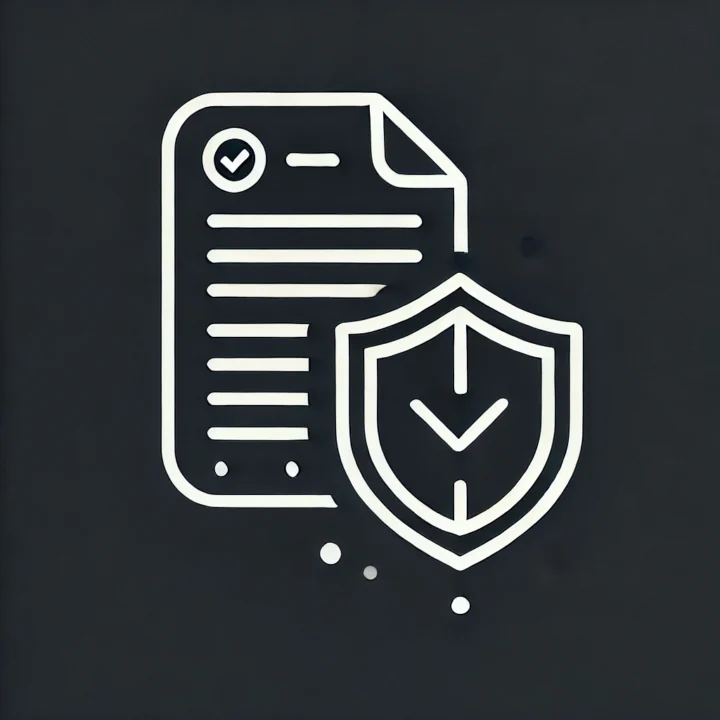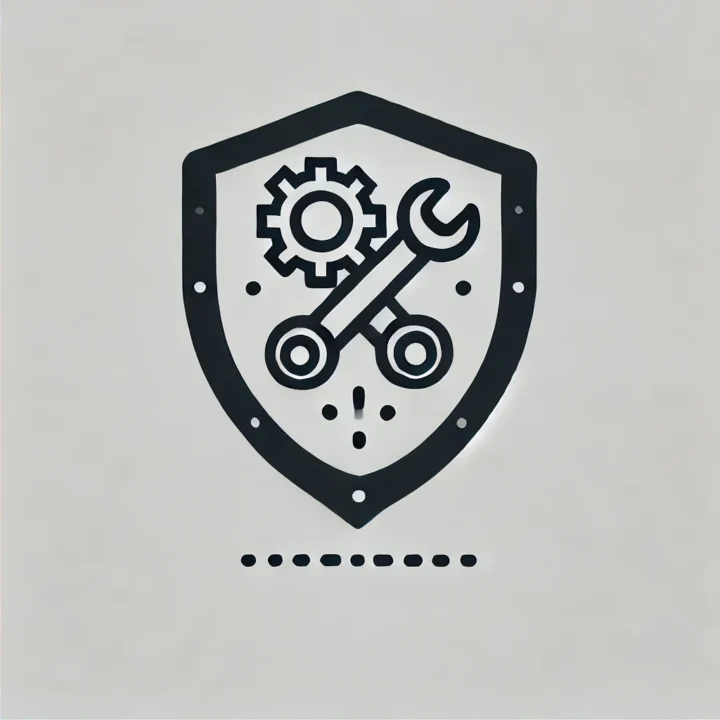ISO 27001:2022 Annex A Control 8.31
Abstract of Control 8.31: Separation of development, test and production environments
When managing your IT infrastructure, blending development, testing, and production environments might seem convenient—but it’s a recipe for disaster. ISO 27001 Control 8.31 is your guide for separating these environments, protecting your production data, and ensuring the confidentiality, integrity, and availability of your systems.

Control Type
- Preventive
Information Security Properties
- Confidentiality
- Integrity
- Availability
Cybersecurity Concepts
- Protect
Operational Capabilities
- Application Security
- System and Network Security
Security Domains
- Protection
The Objective of ISO 27001 Control 8.31
The goal of this control is simple but vital: to protect your production environment from risks introduced during development or testing. By maintaining strict separation between these environments, you can avoid disruptions, prevent unauthorized access, and keep your business running smoothly.
Think of it like a construction site. You wouldn’t test a new design by building directly on a busy highway. Similarly, development and testing activities must be confined to controlled environments, leaving production untouched until everything is proven safe and effective.
The Purpose: Why Separate These Environments?
Why go through the trouble of separating development, test, and production environments? The answer lies in security, stability, and compliance.
- Security: Protect sensitive production data from exposure or misuse during development and testing.
- Stability: Ensure that untested code or configurations don’t disrupt your live systems.
- Compliance: Meet regulatory requirements and demonstrate best practices during audits.
Segregating these environments you’ll minimize risks and maximize operational reliability.
Key Components of Environment Separation
1. Physical and Virtual Boundaries
Your first step is to physically or virtually separate these environments. Whether you use separate servers, virtual machines, or isolated cloud environments, the goal is to ensure no overlap between development, testing, and production systems.
- Best Practice: Use distinct access domains to control who can interact with each environment.
2. Deployment Rules and Authorization
Never allow a change to move from development to production without proper authorization. Clear policies for deploying software ensure that only approved, tested changes make it into production.
- Tip: Use automated workflows to document and manage approval processes efficiently.
3. Rigorous Testing Protocols
Testing is your safety net. Any change—whether it’s a minor update or a major overhaul—should undergo rigorous testing in a controlled environment before reaching production.
- Action Plan: Establish a staging environment that mirrors production, so tests reflect real-world scenarios.
4. Restricted Access to Tools
Development tools like compilers and editors should not be accessible in the production environment unless absolutely necessary. This prevents accidental changes and unauthorized edits.
- Tip: Implement role-based access control (RBAC) to limit who can access specific tools or environments.
5. Data Handling and Labeling
If you need to use production data for testing, ensure it’s anonymized or that equivalent security controls are applied in the testing environment. Clearly label all environments to reduce the risk of errors.
- Example: Add environment-specific headers or visual cues in your software to make it obvious where a user is working.
Securing Development and Testing Environments
1. Keep Systems Patched
Outdated tools and software in development and testing environments are prime targets for attackers. Regularly update and patch these systems to close security gaps.
2. Monitor and Log Activities
Monitoring isn’t just for production. Track changes and activities in development and testing environments to identify potential security issues before they escalate.
3. Protect with Backups
Take regular backups of your development and testing environments to safeguard your work and ensure recovery in case of an incident.
Risks of Inadequate Environment Separation
Failing to separate these environments can lead to severe consequences, such as:
- Data Breaches: Sensitive production data can be exposed if developers or testers have unrestricted access.
- System Instability: Running untested code in production can crash systems or introduce vulnerabilities.
- Compliance Failures: Regulatory bodies may impose fines or sanctions for inadequate controls.
Best Practices for Implementing Control 8.31
1. Enforce Segregation of Duties (SoD)
Ensure no individual can make changes across all environments without oversight. This reduces the risk of insider threats and accidental errors.
2. Controlled Rollouts
When deploying changes to production, consider using phased rollouts or pilot groups to minimize the impact of potential issues.
3. Use Automation
Automated tools can streamline environment separation and reduce the likelihood of human error. From access controls to testing protocols, automation enhances both security and efficiency.
Advanced Techniques and Scenarios
- Dual Production Environments: For zero-downtime deployments, use two identical production environments where only one is live at a time.
- Live Testing with Caution: In rare cases, live testing may be necessary. Establish strict guidelines and real-time monitoring to mitigate risks.
Related ISO 27001 Controls
- Control 8.29 – Testing of Security Functionality: Focuses on pre-production testing to validate security measures.
- Control 8.33 – Protection of Test Data: Highlights the importance of securing production data used in testing environments.
- Control 5.2 – Information Security Roles and Responsibilities: Defines roles to support segregation and secure operations.
Your Action Plan for Control 8.31
- Assess your current environment setup and identify gaps in separation.
- Implement clear boundaries between development, test, and production systems.
- Train your teams on the importance of these controls and how to follow them.
- Continuously monitor and improve your environment management practices.


